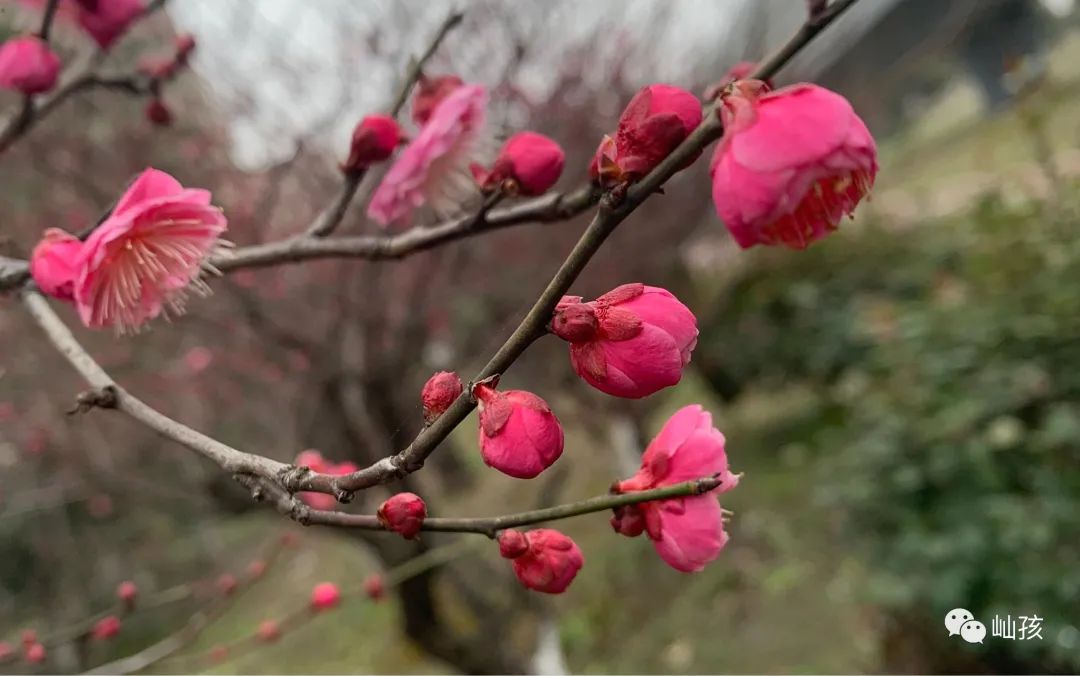The Eight Principles: Exterior, Interior, Cold, Heat, Deficiency, Excess, Yang, Yin. Among these, Exterior, Heat, and Excess belong to Yang.
Interior, Deficiency, and Cold belong to Yin.
Therefore, Yin and Yang also have the overarching principle of the Eight Principles. Zhang Jingyue’s concept of “Two Principles and Six Transformations” is most fitting.

The differentiation of Cold and Heat is a guideline for identifying the nature of diseases, primarily reflecting the distinction of Cold and Heat in the rise and fall of Yin and Yang in diseases. Not all diseases and causes can be categorized as Cold or Heat; in addition to Cold and Heat syndromes, there are also Qi stagnation, Blood stasis, and Damp obstruction.
Aversion to cold and fever are closely related to Cold and Heat syndromes, but they are not equivalent; aversion to cold does not necessarily indicate a Cold syndrome, and fever does not necessarily indicate a Heat syndrome.
When the Yang heat evil is felt, or when Yin fluids are deficient, a Heat syndrome occurs.
When the Yin cold evil is felt, or when Yang Qi is deficient, a Cold syndrome occurs.
By distinguishing between Cold and Heat, one can also determine whether the patient’s constitution is Cold or Heat.
Cold Syndrome Differentiation
Definition
The condition characterized by cold and cool symptoms resulting from the invasion of Yin evil or deficiency of Yang Qi.
Causes
Invasion of Yin cold evil, exposure to rain, cold weather; overconsumption of raw and cold foods; inherent deficiency of Yang Qi;
Differentiation
1. Cold: aversion to cold, cold limbs, cold pain, etc.;
2. White: pale face, white phlegm, white tongue, etc.;
3. Clear: clear phlegm, clear urine, vomiting clear fluids, etc.;
4. Pain: pain in limbs, muscles, and tendons, etc.;
5. Slow: pulse is slow and weak;
6. Curling: curled posture, muscle and tendon contraction, etc.
Heat Syndrome Differentiation
Definition
The condition characterized by fire and heat symptoms resulting from the invasion of Yang evil or deficiency of Yin fluids.
Causes
Invasion of Yang heat evil, summer heat, hot weather; overconsumption of spicy foods; inherent deficiency of Yin fluids, Yin deficiency with excess fire;
Differentiation
1. Heat: fever, aversion to heat, hot breath;
2. Red: red face, red lips, red tongue, etc.;
3. Dry: dry mouth, dry skin, dry stools, etc.;
4. Rapid: rapid pulse;
5. Confusion: delirium, incoherent speech, mania, abscesses, etc.;
6. Yellow: yellow phlegm, urine, nasal discharge, etc.

The differentiation of Cold and Heat is primarily based on the following points:
1. Fever: heat without cold indicates Heat; more heat than cold indicates Heat;
2. Aversion to cold: cold without heat indicates Cold; more cold than heat indicates Cold;
3. Complexion: red indicates Heat, pale or dark indicates Cold;
4. Thirst: dry thirst indicates Heat, no thirst or preference for warm drinks indicates Cold;
5. Bowel movements: dry and hard stools indicate Heat, loose stools indicate Cold;
6. Urination: short and red urine indicates Heat, clear and frequent urination indicates Cold;
7. Secretions: thick and yellow secretions indicate Heat, clear and thin secretions indicate Cold;
8. Tongue appearance: red and dry tongue indicates Heat, white and moist tongue indicates Cold;
9. Pulse: strong and rapid pulse indicates Heat, deep and slow pulse indicates Cold;
Content reference from Teacher Zhu Wenfeng’s lectures on “TCM Diagnosis”.

